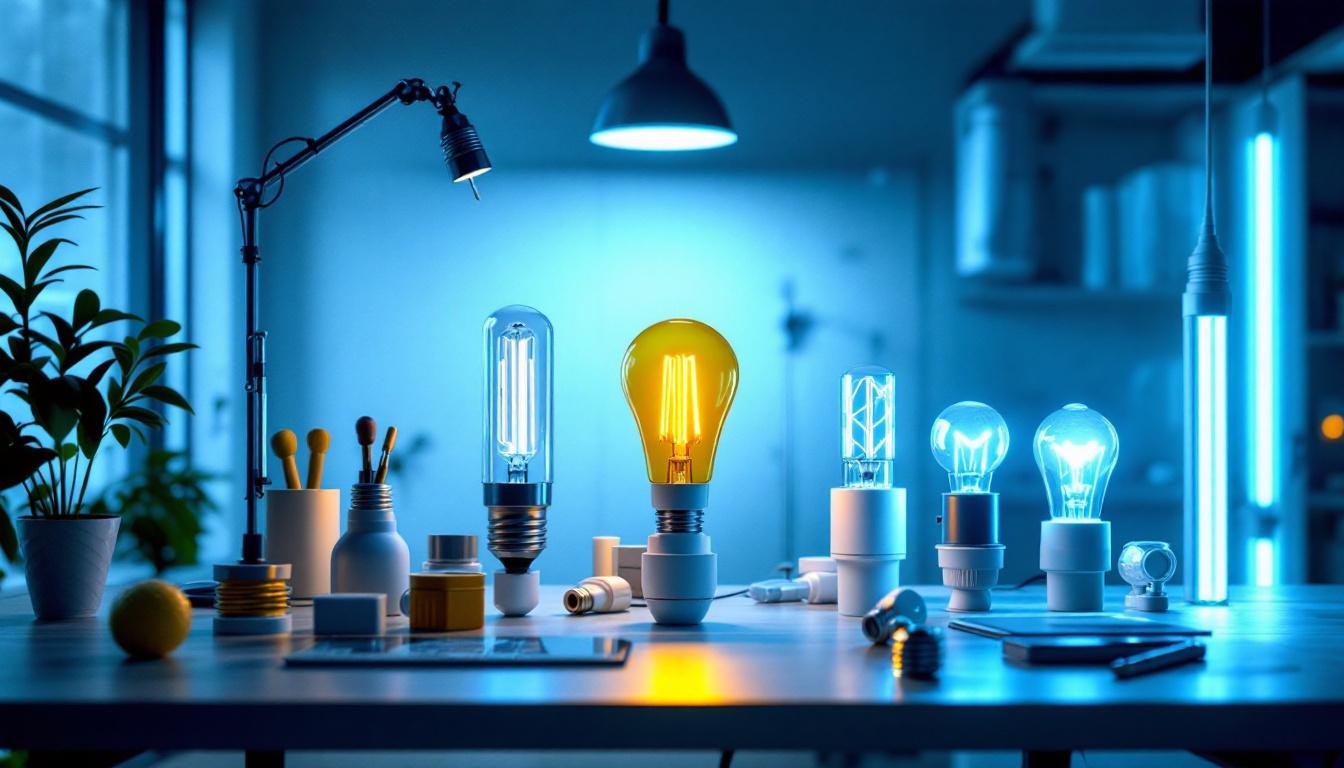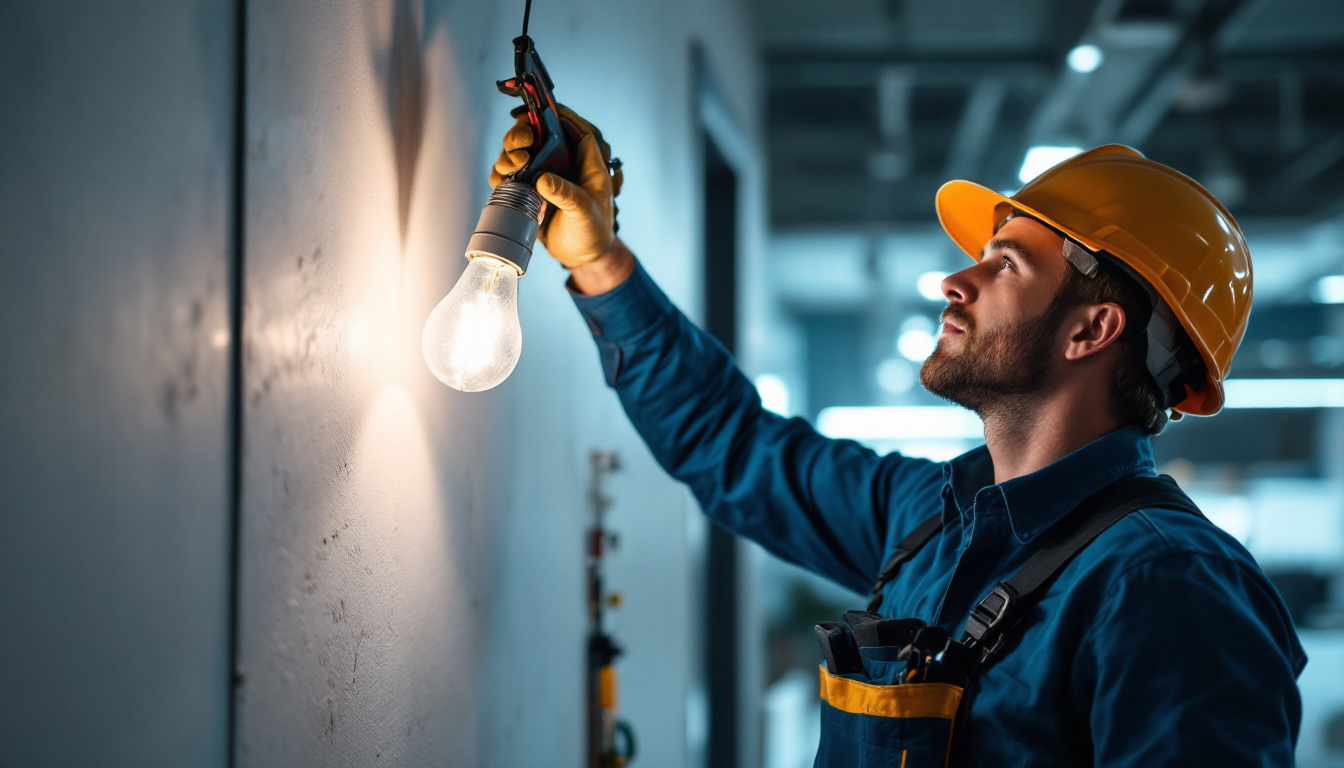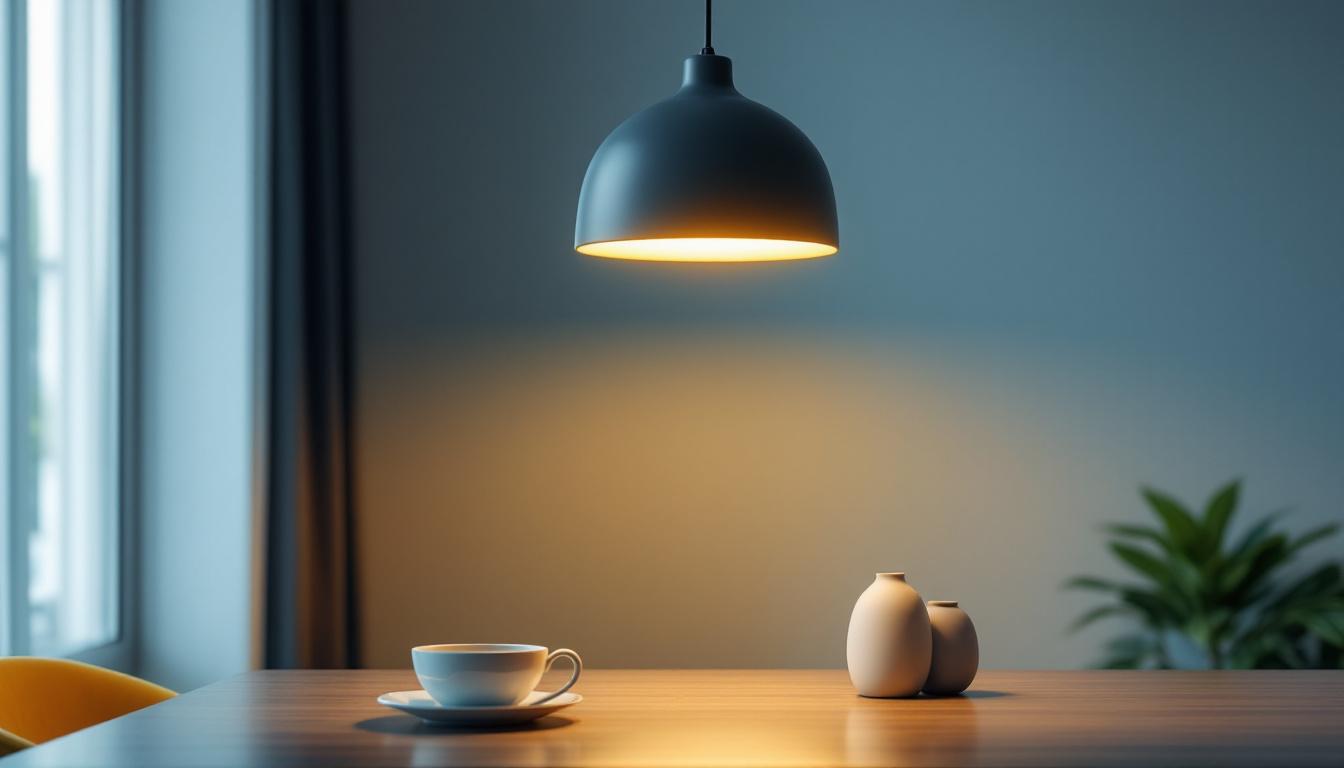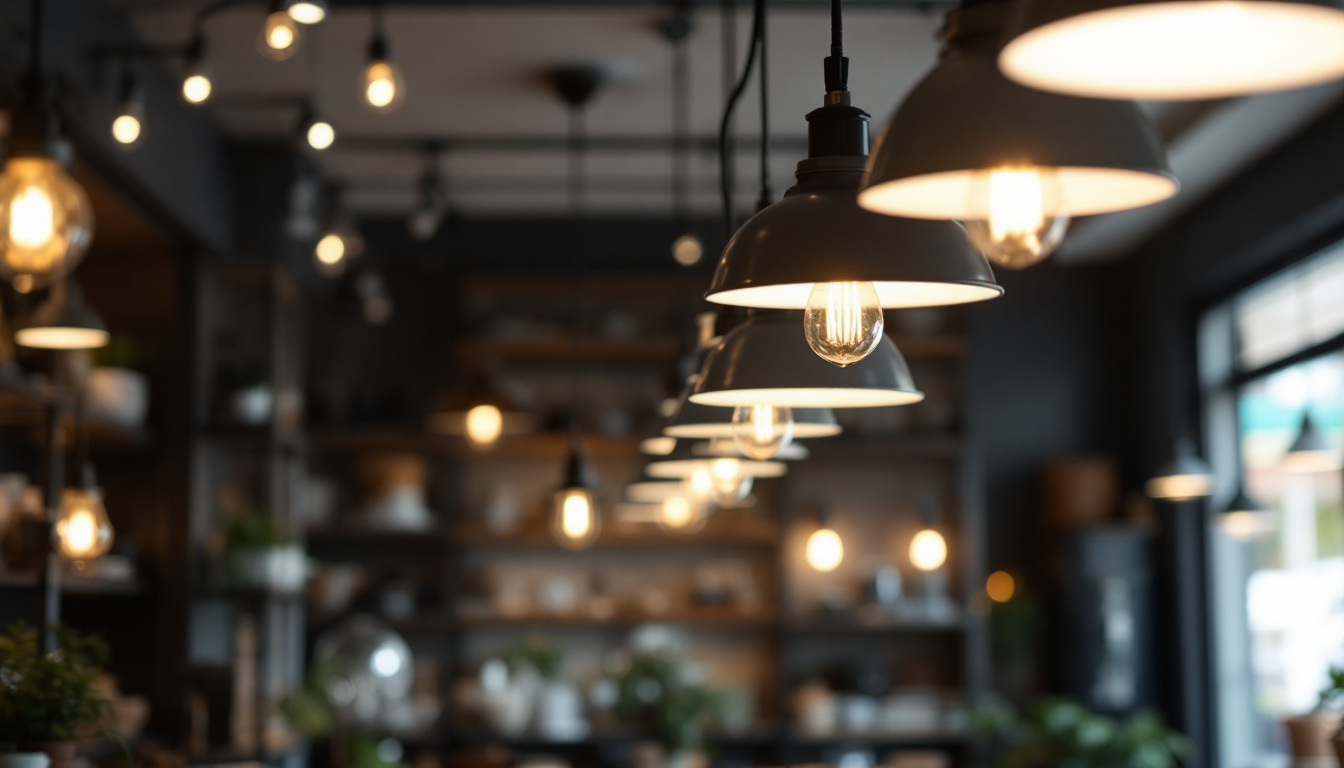
As the demand for energy-efficient lighting continues to rise, understanding the role of fluorescent light sockets becomes essential for lighting contractors. These sockets are not merely connectors; they are integral components that can significantly influence the performance and longevity of lighting systems. This article explores how to choose the right fluorescent light sockets and how to future-proof lighting projects by considering various factors.
When it comes to fluorescent lighting, the socket is the unsung hero. It plays a crucial role in ensuring that the light fixture operates efficiently and safely. Selecting the appropriate socket can enhance the durability of the lighting system and improve energy efficiency. A well-chosen socket not only supports the longevity of the bulb but also minimizes the risk of electrical failures that could lead to costly repairs or safety hazards.
Fluorescent light sockets come in various types, including medium bi-pin, single pin, and recessed types. Each type has its specific applications and benefits. For instance, medium bi-pin sockets are commonly used in commercial and industrial settings due to their versatility and ease of installation. These sockets are designed to accommodate a wide range of fluorescent tubes, making them a popular choice for warehouses and retail spaces that require bright, efficient lighting.
On the other hand, single pin sockets are often found in linear fluorescent tubes, making them suitable for residential and office environments. Understanding the differences between these sockets can help contractors choose the right type for their specific projects. Moreover, recessed sockets are ideal for creating a sleek, modern aesthetic in spaces such as galleries and upscale restaurants, where the lighting needs to be both functional and visually appealing. Each socket type offers unique advantages that cater to different lighting needs and design preferences.
The materials used in fluorescent light sockets can significantly affect their performance. Sockets made from high-quality thermoplastics or ceramics are more durable and can withstand higher temperatures, making them ideal for long-term use. Additionally, choosing sockets with good electrical conductivity can reduce energy loss and improve overall system efficiency. This is particularly important in large installations where even minor inefficiencies can result in substantial energy waste over time.
Contractors should also consider the environmental impact of the materials used. Opting for sockets made from recyclable materials can contribute to a more sustainable lighting solution, aligning with the growing trend towards eco-friendly practices in the industry. Furthermore, the choice of materials can influence the socket’s resistance to corrosion and wear, which is essential in environments exposed to moisture or harsh chemicals. By prioritizing both performance and sustainability, contractors can ensure that their lighting solutions are not only effective but also responsible and forward-thinking.
Future-proofing lighting projects involves anticipating changes in technology and regulations that may affect lighting systems. By considering these factors during the planning and installation phases, contractors can ensure their projects remain relevant and efficient for years to come. This foresight not only protects investments but also aligns with the growing demand for sustainable and adaptable solutions in the lighting industry.
With the rise of LED technology, many contractors are faced with the challenge of integrating new lighting solutions into existing systems. Fluorescent light sockets can be adapted to accommodate LED tubes, but it is essential to choose sockets that are compatible with both types of lighting. The transition to LED is not merely a trend; it represents a significant shift towards energy efficiency and longevity in lighting solutions.
By selecting sockets that allow for easy conversion to LED, contractors can provide clients with a flexible lighting solution that can evolve with technological advancements. This adaptability not only enhances the value of the installation but also ensures that clients are not left with outdated systems. Furthermore, the use of smart lighting controls in conjunction with LED technology can create a more dynamic lighting environment, allowing users to adjust brightness and color temperature based on their specific needs and preferences. This integration of smart technology can lead to increased energy savings and improved user experience.
As energy efficiency regulations become more stringent, it is crucial for contractors to stay informed about local and national standards. Future-proofing lighting projects means ensuring that all components, including fluorescent light sockets, comply with current regulations. This compliance not only protects the integrity of the installation but also promotes sustainability within the community.
Contractors should regularly review guidelines and standards to ensure that their installations meet or exceed requirements. This proactive approach not only helps avoid costly retrofits but also enhances the contractor’s reputation as a knowledgeable and responsible professional. Engaging in continuous education and training on emerging technologies and regulatory changes can further empower contractors, allowing them to offer innovative solutions that meet the evolving needs of their clients. Additionally, collaborating with manufacturers who prioritize compliance and sustainability can provide contractors with valuable insights and resources, ensuring that their projects are not only compliant but also cutting-edge.
Proper installation of fluorescent light sockets is critical for optimizing performance and longevity. Following best practices can prevent common issues such as flickering lights or premature socket failure. Additionally, understanding the environment in which the lights will be installed can further enhance their effectiveness and durability.
One of the most common causes of socket failure is improper wiring. It is essential to follow the manufacturer’s guidelines for wiring connections to ensure a secure and reliable installation. Additionally, using high-quality wiring materials can further enhance the performance of the lighting system. The gauge of the wire is also important; using a wire that is too thin can lead to overheating and eventual failure of the socket.
Contractors should also consider the length of the wiring run. Longer runs can lead to voltage drops, which may affect the performance of the fluorescent lights. Keeping wiring runs as short as possible can help mitigate these issues. Furthermore, it is advisable to avoid sharp bends in the wiring, as this can create stress points that may lead to insulation damage over time.
Even the best-installed fluorescent light sockets require regular maintenance to ensure optimal performance. Contractors should encourage clients to schedule periodic inspections to check for signs of wear or damage. This proactive approach can help identify potential issues before they become significant problems. Regular maintenance not only extends the life of the lighting system but also helps maintain a safe and efficient working environment.
During inspections, contractors should pay attention to the condition of the sockets, wiring, and light tubes. Replacing worn components promptly can extend the life of the entire lighting system and maintain energy efficiency. Additionally, cleaning the light fixtures and ensuring that they are free from dust and debris can significantly improve light output and overall performance. Clients should be educated on the importance of keeping the fixtures clean, as this simple task can lead to enhanced illumination and reduced energy consumption.
As technology advances, new features are being integrated into fluorescent light sockets. These innovations can enhance performance and improve energy efficiency, making them worthwhile considerations for contractors.
Smart lighting systems are becoming increasingly popular in both residential and commercial applications. Fluorescent light sockets that support smart technology can offer features such as remote control, dimming capabilities, and scheduling options.
Integrating smart technology into lighting projects not only adds convenience for clients but also positions contractors as forward-thinking professionals. This can lead to increased customer satisfaction and potentially more referrals.
Safety should always be a priority in lighting installations. Fluorescent light sockets with built-in safety features, such as thermal protection and surge protection, can help prevent accidents and equipment damage.
Contractors should look for sockets that meet safety standards and provide additional peace of mind for clients. Highlighting these features can also serve as a selling point when discussing project options.
While it may be tempting to choose the least expensive fluorescent light sockets, it is essential to consider the long-term costs associated with quality. Investing in higher-quality sockets can lead to significant savings over time.
Initially, high-quality fluorescent light sockets may have a higher price tag, but they often come with longer warranties and lower failure rates. This means fewer replacements and repairs, ultimately saving money in the long run.
Additionally, energy-efficient sockets can reduce electricity costs, contributing to overall savings for clients. Contractors should present a comprehensive cost analysis to clients, demonstrating the value of investing in quality components.
When planning lighting projects, contractors should also budget for potential future upgrades. This includes selecting sockets that can accommodate new technologies or changes in regulations. By considering these factors upfront, contractors can avoid unexpected costs down the line.
Encouraging clients to allocate a portion of their budget for future enhancements can lead to more successful projects and satisfied customers. This foresight can also enhance the contractor’s reputation as a knowledgeable and reliable partner.
Fluorescent light sockets play a vital role in the overall performance and longevity of lighting systems. By understanding the importance of selecting the right socket, future-proofing projects, and adhering to installation best practices, lighting contractors can ensure successful outcomes for their clients.
As technology continues to evolve, staying informed about innovative features and cost considerations will further enhance the contractor’s ability to deliver high-quality lighting solutions. Ultimately, investing time and resources into understanding fluorescent light sockets will pay off in the form of satisfied clients and successful projects.
Ready to elevate your lighting projects with the best in class fluorescent light sockets and future-proof solutions? Look no further than LumenWholesale, where we provide contractors with the highest quality, spec-grade lighting products at unbeatable wholesale prices. Say goodbye to local distributor markups and hello to our extensive selection that meets rigorous industry standards. With free shipping on bulk orders, you can trust that you’re getting premium lighting at the best value — all without hidden fees or compromises. Don’t miss out on the perfect blend of quality, affordability, and convenience. Visit LumenWholesale today and secure the superior lighting products your projects deserve.

Discover how tape that dims light can revolutionize safety in lighting installations.

Discover how understanding the nuances of light bulb replacement as normal wear and tear can give you a competitive edge in securing more lighting contracts.

Discover how modern LED pendant lights can transform spaces while boosting profitability in lighting installations.

Illuminate your projects with expert insights! Discover essential tips and innovative strategies for lighting contractors to enhance shop environments, boost efficiency, and create captivating displays..